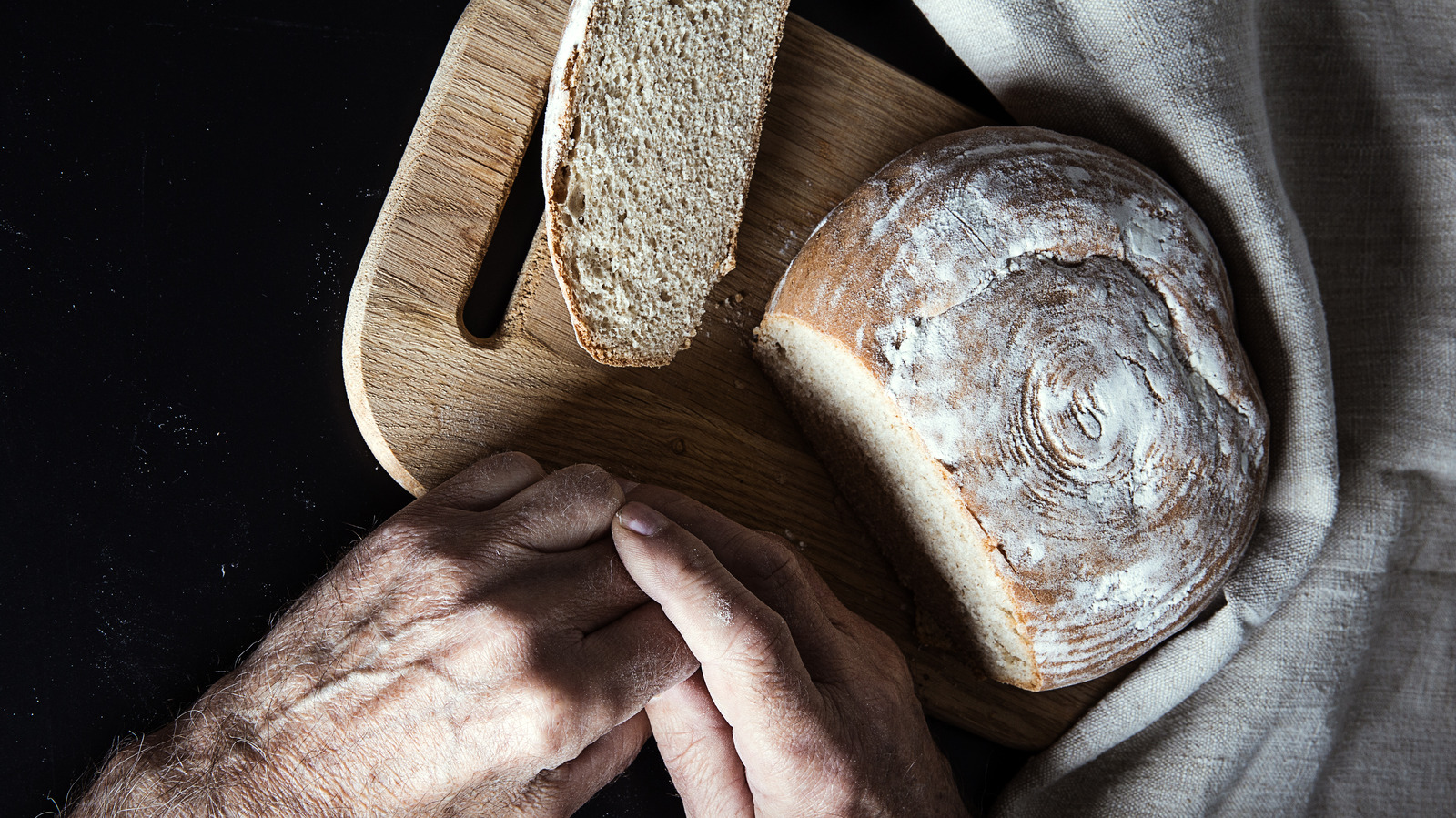
John Snow suggested that bread, the staple of the Victorian diet, might be to blame for rickets in particular. An average Victorian family of six consumed 55 pounds of bread a week. A middle-class family would spend more than half their income on food, writes English Historical Fiction Authors. Bread was so important that the minimum wage was determined by the cost of bread, according to The Victorian Web. Communal village bakeries had been common for centuries and in crowded London, most middle-class Victorian homes did not have room to accommodate baking on that level, explains the Daily Mail. White flour was demanded from all but the poor, so bakeries started making two types of bread — a household loaf with cheap-quality flour and a higher-quality loaf for people of status like doctors and clergy — both as white as they could get them.
Mechanical milling and grinding was a recent invention, making flour quickly accessible. With the price of wheat at an all-time low, the middle class was demanding bread, explains historian Rachel Laudan. Milling was able to remove wheat germ, leaving flour whiter than ever before. A loaf of white bread was considered light, airy, and most importantly pure. Most assumed that the puffy, white bread they were purchasing was made of the finest and purest ingredients.
The Dangerous Ingredient Victorian Bakers Sometimes Added To Bread - Tasting Table
Read More

No comments:
Post a Comment